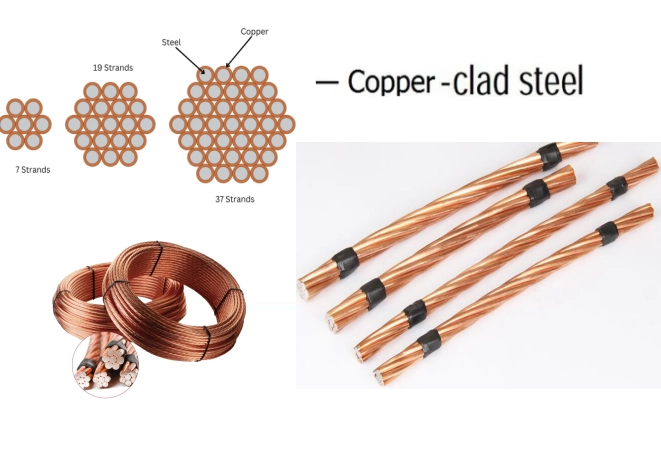Granite, a ubiquitous and revered igneous rock, is not only a staple in construction and architecture but also a fascinating subject of geological study. Its striking appearance and durability make it a popular choice for countertops, monuments, and buildings. However, what lies beneath its polished surface is a complex interplay of minerals that contribute to its unique characteristics. In this article, we will delve into the mineral composition of granite, exploring the primary minerals found within it, their properties, and their significance in various applications.
Understanding Granite: A Brief Overview
Granite is primarily composed of three main minerals: quartz, feldspar, and mica. These minerals crystallize from molten magma, resulting in the coarse-grained texture that granite is known for. The specific proportions of these minerals can vary, leading to a wide range of granite types, each with distinct colors and patterns.
The Key Minerals Found in Granite
- Quartz
Quartz is the most abundant mineral in granite, typically comprising 20% to 60% of its composition. This mineral is renowned for its hardness (7 on the Mohs scale) and resistance to weathering, making it a crucial component for the durability of granite. Quartz contributes to the rock's overall strength and is responsible for its glassy luster. Additionally, quartz can occur in various colors, including clear, milky, and smoky, which can influence the aesthetic appeal of granite. - Feldspar
Feldspar is the second most prevalent mineral in granite, accounting for about 30% to 50% of its composition. It is divided into two main types: orthoclase (or potassium feldspar) and plagioclase. Orthoclase is typically pink or red, while plagioclase ranges from white to gray. Feldspar plays a significant role in the formation of granite, as it helps to bind the other minerals together. Its presence also contributes to the rock's overall color and texture, influencing the visual characteristics of different granite varieties. - Mica
Mica, often found in the form of biotite or muscovite, is another essential mineral in granite, usually making up about 5% to 10% of its composition. Biotite is dark and rich in iron and magnesium, while muscovite is lighter and contains more aluminum. Mica adds a shimmering quality to granite and enhances its aesthetic appeal. Furthermore, mica's layered structure allows it to be split into thin sheets, which can be utilized in various applications, including electrical insulation and cosmetics.
Minor Minerals and Accessory Minerals
In addition to the primary minerals, granite may also contain a variety of minor and accessory minerals, which can influence its properties and appearance. These include:
- Amphibole: Often present in small amounts, amphibole minerals can impart dark colors to granite and contribute to its overall strength.
- Zircon: This accessory mineral is often found in trace amounts and is significant for geochronology, helping scientists date the formation of granite.
- Titanite: Another accessory mineral, titanite can provide insights into the metamorphic history of the granite.
The Significance of Granite's Mineral Composition
The mineral composition of granite is not merely a matter of aesthetics; it has practical implications as well. The hardness and durability of quartz and feldspar make granite an ideal material for high-traffic areas, such as kitchen countertops and flooring. The presence of mica can enhance the rock's resistance to thermal shock, making it suitable for use in fireplaces and outdoor settings.
Moreover, understanding the mineral composition of granite can aid in geological studies and resource management. For instance, the presence of certain minerals can indicate the geological history of an area, while the extraction of granite for construction purposes must consider the mineral quality to ensure the longevity and stability of structures.
Conclusion
Granite is a remarkable rock that encapsulates a rich tapestry of minerals, each contributing to its unique properties and applications. By understanding the minerals found in granite—primarily quartz, feldspar, and mica—one can appreciate not only its beauty but also its functional significance in various industries. As we continue to explore the geological wonders of our planet, granite remains a testament to the intricate processes that shape our natural world. Whether you're an architect, a geologist, or simply a granite enthusiast, recognizing the mineral composition of this enduring rock can deepen your appreciation for its role in both nature and human endeavor.


